Salton Sea, California’s largest lake was formed in 1905. That year, the Colorado River choked with melting snow and excessive rainfall, burst its boundaries. The overflow filled a basin in Southeastern California that now covers 376 square miles, is 52 feet at maximum depth and whose surface level is 226 feet below sea level. As
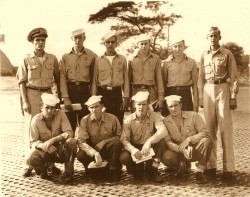
Crew 54B pictured following the awarding of the Air Medal. Ensign Hardie on the left; LTJR Dunham on the right. Ensign Nelson must have been on Duty. Lingayan Gulf, Philippines, May 1945
Salton Sea, California’s largest lake was formed in 1905. That year, the Colorado River choked with melting snow and excessive rainfall, burst its boundaries. The overflow filled a basin in Southeastern California that now covers 376 square miles, is 52 feet at maximum depth and whose surface level is 226 feet below sea level.
As its name implies, the lake’s water is saturated with salt. The lack of an overflow and the high salinity of the inflow contribute to an ever-increasing salt level. The salinity of the lake’s water is greater than the Pacific Ocean’s, but somewhat less than Utah’s Great Salt Lake.
The Navy in 1939 established a seaplane base at the lake. The primary plan for the facility was to train PBY crews. It was envisioned to serve as a ferry stop and as an emergency landing area.
The base was designated as a Naval Air Facility in 1942. When two clay runways were constructed in 1944 and a carrier squadron was deployed to the area, the base was commissioned as a Naval Auxiliary Air Station. Base personnel at that time numbered 85 officers and 465 enlisted men.
Combat Crew 54B of NAS Banana River assembled for the first time on January 22, 1945. Five months and 350 flight hours later the crew was ready for their simulated trans-Pacific flights: 1,200 miles west from San Diego over the ocean and return.
The officers and enlisted men were: LTJR J.S. Dunham, Ensign R.W. Nelsori, Ensign G.W. Hardie, F.W. Cronk, C.J. Deininger, R.F. Fitzwater, A.E. Hill, R.A Lerch, E.C. Locke, A.R. McCreary, N. Trbovich, and M. Zisa.
The PPC, Dunham, previously served with VPB 202 with the Atlantic Fleet, and, for eleven months in the Central Pacific Theatre. He was the navigator on the first mainland – Kaneohe flight by a PBM (#48167) on January 4, 1944. The other officers and crew members were well trained rookies.
May 11, 1945,
The crew 54B was scheduled for the practice San Diego to Kaneohe flight.
1800 Hours- The jato assisted take off was uneventful. The PBM reached cruising altitude after a slow but steady climb into a starlit night.
1830 Hours- Ensign Nelson plotted the first of many drift sights.
2000 Hours- The navigation by Ensign Nelson expert assistance from first Ensign Hardi; plane Captain Fitzwater and the reliable performance from the Pratt Whitney engine forrecast a successful flight.
2030 Hours- The first of several celestial sights were applied.
2345 Hours- Reacting to advice from the navigator, the PPC executed a 180 degree turn and set course for the mainland.
May 12. 1945
0530 Hours- Approaching NAS San Diego, engine power was reduced and decent from 8,000 feet began.
0600 Hours- NAS Tower acknowledged the return of 54B, but without further comment.
0615 Hours- Descending from bright morning sunlight into a solid under cast at 3,000 feet, procedures for an instrument approach were started.
0630 Hours- At 500 feet visibility remained at zero. A decision to abort the approach was made by the PPC. Climbing out of the clouds, the flight crew was greeted with blue sky’s at 3,000 feet.
0645 Hours- NAS San Diego announced zero visibility and that the seadrome was closed to air traffic. Further, .. the fog and clouds were at ground level north and south from the station.
0710 Hours- PPC Dunham, “fat, dumb, and happy” has little choice but to continue and cruise until the visibility improved.
Except for the crews fatigue and a dwindling reserve, there was no great concern in the cockpit. Confident that the sun would soon disperse the fog, a position would be determined, and heading home would be set.
However, the PPC made, what in retrospect was a Dilbert type mistake; he neglected to order continuous DR navigation and sun lines.
0730 Hours- It was recognized by the PPC and the navigator that a reliable home heading was uncertain. The crew was not lost, but they were just not certain where they were.
0800 Hours- NAS San Diego still closed.
0830 Hours- San Diego and the California Coast was still socked in. No relief or advise was forthcoming from the NAS Tower. Both R2800’s were leading on 45 gallons per hour.
0845 Hours- The fog bank was beginning to break up and land was sighted. It was identified as Catalina Island. San Diego remained closed.
0855 Hours- NAS San Diego was informed of the plane’s position. The tower suggested an alternative seadrome – Salton Sea.
0900 Hours- a heading was set for the Sea – 150 distant miles.
1050 Hours- What could be near record time for a successful PBM flight, the plane splashed down at Salton Sea completing the flight, it lasted 16.8 hours.
May 13. 1945
0900 Hours- A take off from a calm Salton Sea was made and the compass was set for NAS San Diego – west 130 miles.
1020 Hours- A buoy was made at home base completing another successful training flight.
(The sequences of events of this narration are accurate; however, the hours are estimated.)
Today, the area around the Salton Sea is not a location for a lucrative real estate investment for several reasons.
The Navy is no longer an economic provider. The NAAS was disestablished in 1946. The facility was maintained as an emergency seadrome and as a weather alterative until 1967.
The Salton Sea basin is a system of accelerated change. The ever changing shore line is a perpetual problem. Motels, retirement homes, and the WWII Navy base are now underwater
The lake’s excessive salinity, algae, and bacteria have taken a toll on tourism.
Nevertheless, as recently as 2004, state plans have been proposed in an effort to save the sea. Suggested projects have included the creation of evaporation ponds, construction of dams to isolate areas of high salinity, and the construction of a canal from the Sea of California to import water with less salt.
Before his death, Sunny Bono, a California legislator, supported designs to clean up the lake. His wife, Mary, who replaced him in the legislature, continues to advocate restoring the lake. A state committee has floated a twenty-five year nine million dollar plan to restore this lake. Other California needs probably have higher priorities.
LTJR J.S. Dunham may be reached at jdunham772@earthlink.net
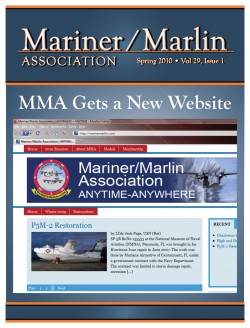 More articles are found in the Spring 2010 MMA Newsletter.
More articles are found in the Spring 2010 MMA Newsletter.
65 years later, plane crash haunts Mount Tam /Carl Nolte, San Francisco Chronicle
Sea Story / Joe Davis
A Bill Mouton Story / Robert B. Griffin Jr..
Ramp Accidents on the Sea / Lou Marrero
54B Operations in the Salton Sea / Dick Brodeurg
An Alternative to Vodka / Joseph L Heinz
Annual membership in the Mariner/Marlin Association entitles members to receive four issues of the Newsletter.
Click here to find out how to become a member.
1 comment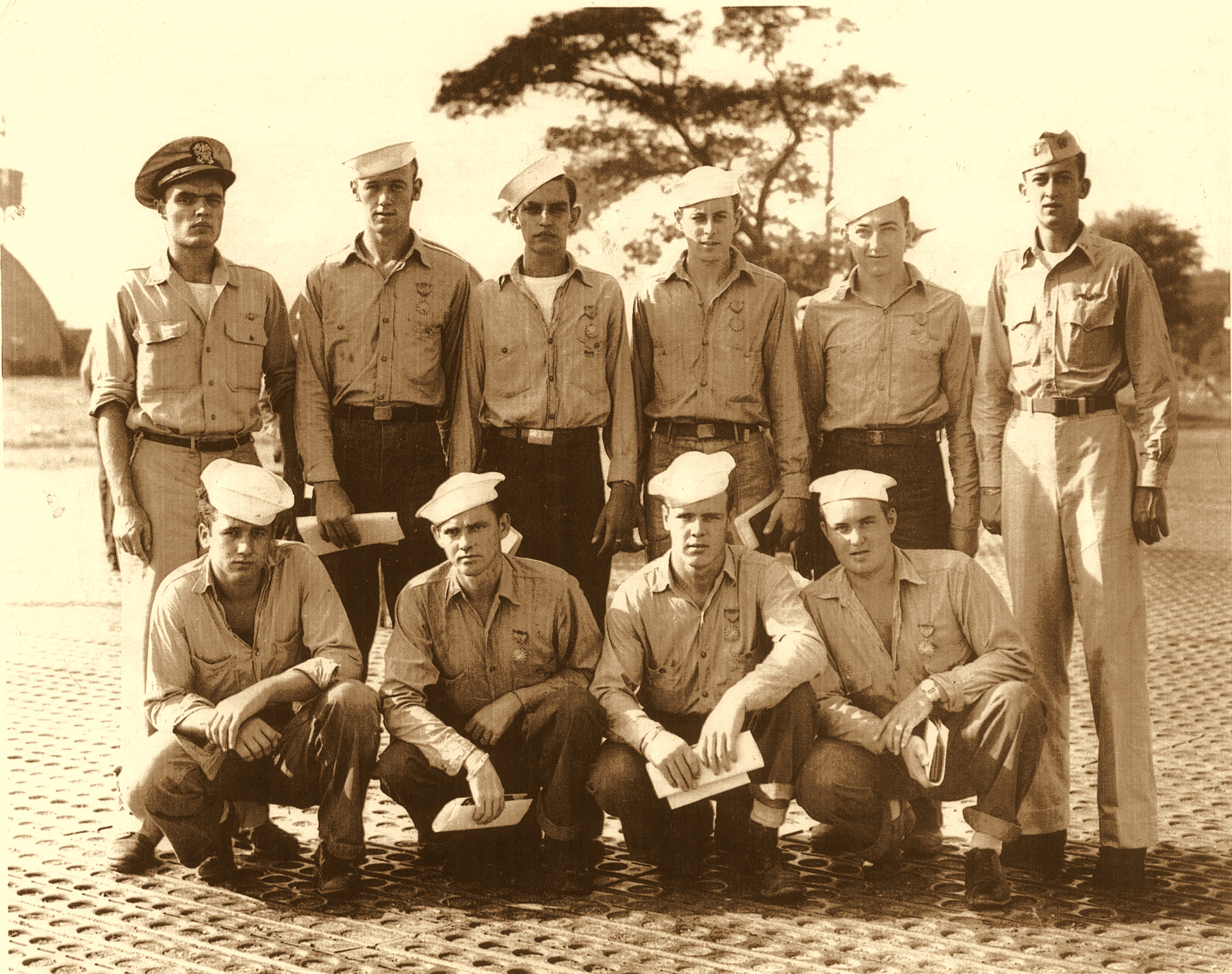
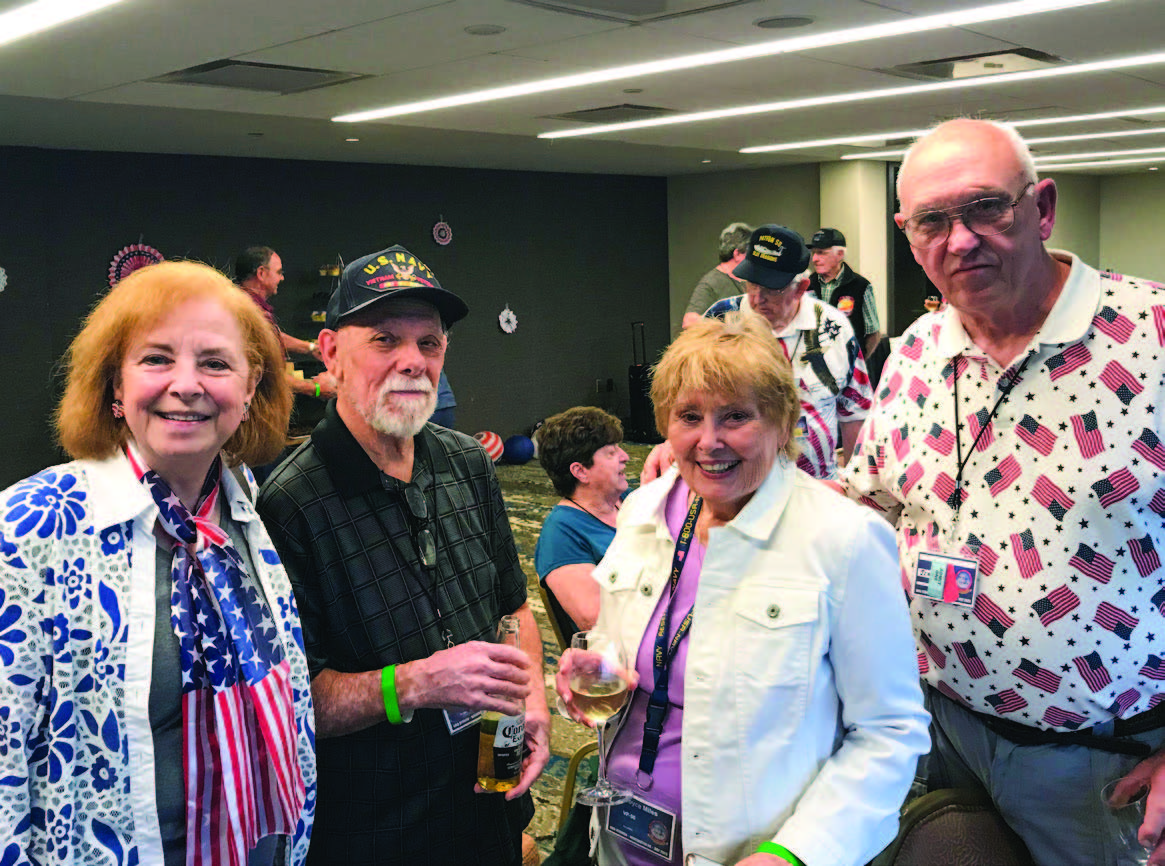
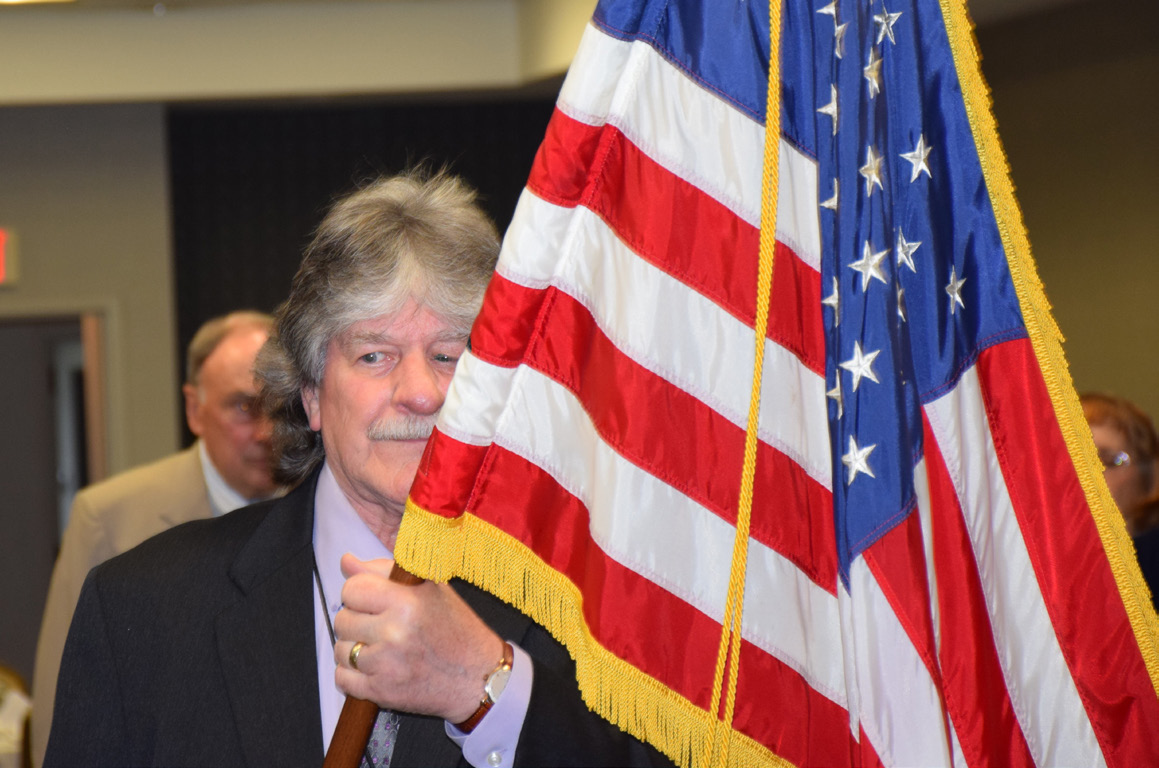
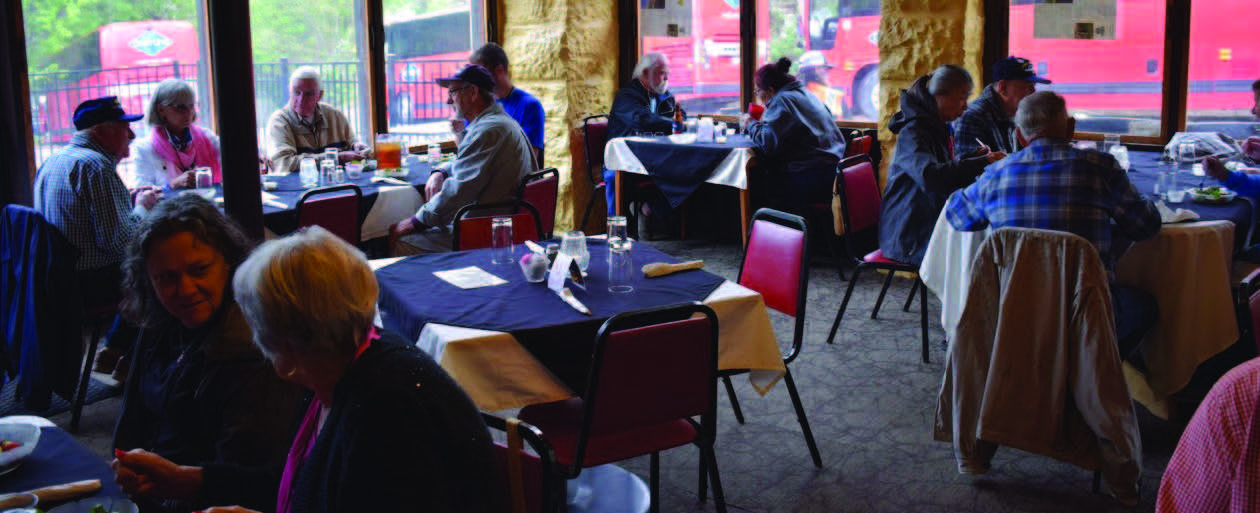

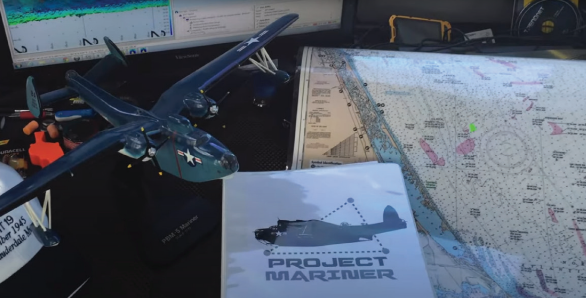

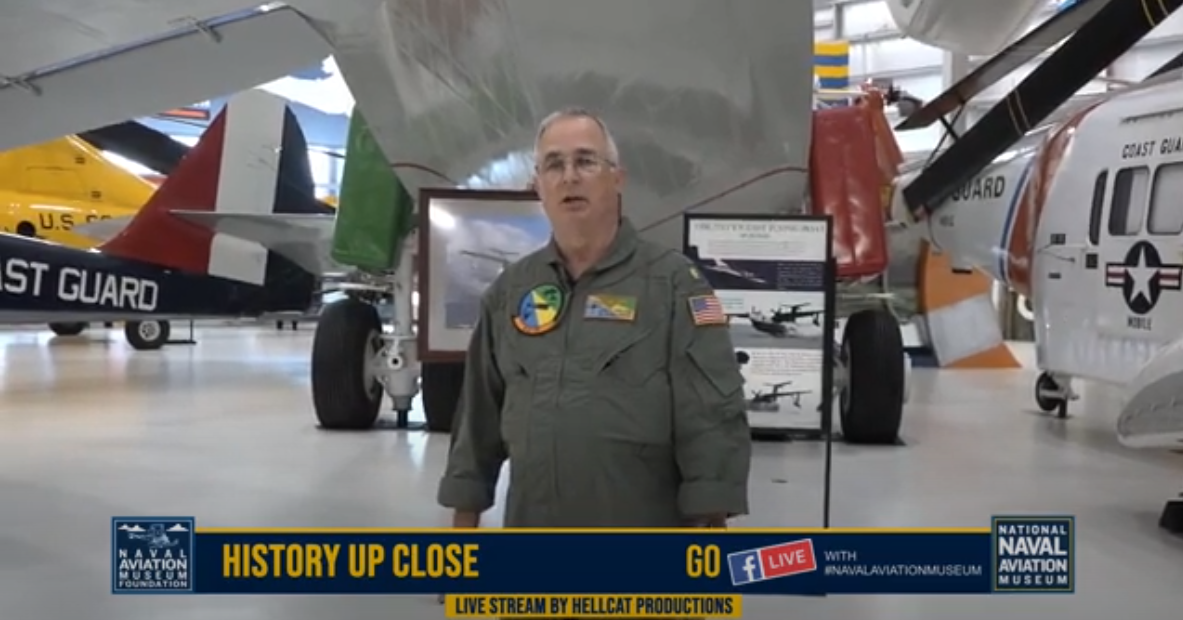
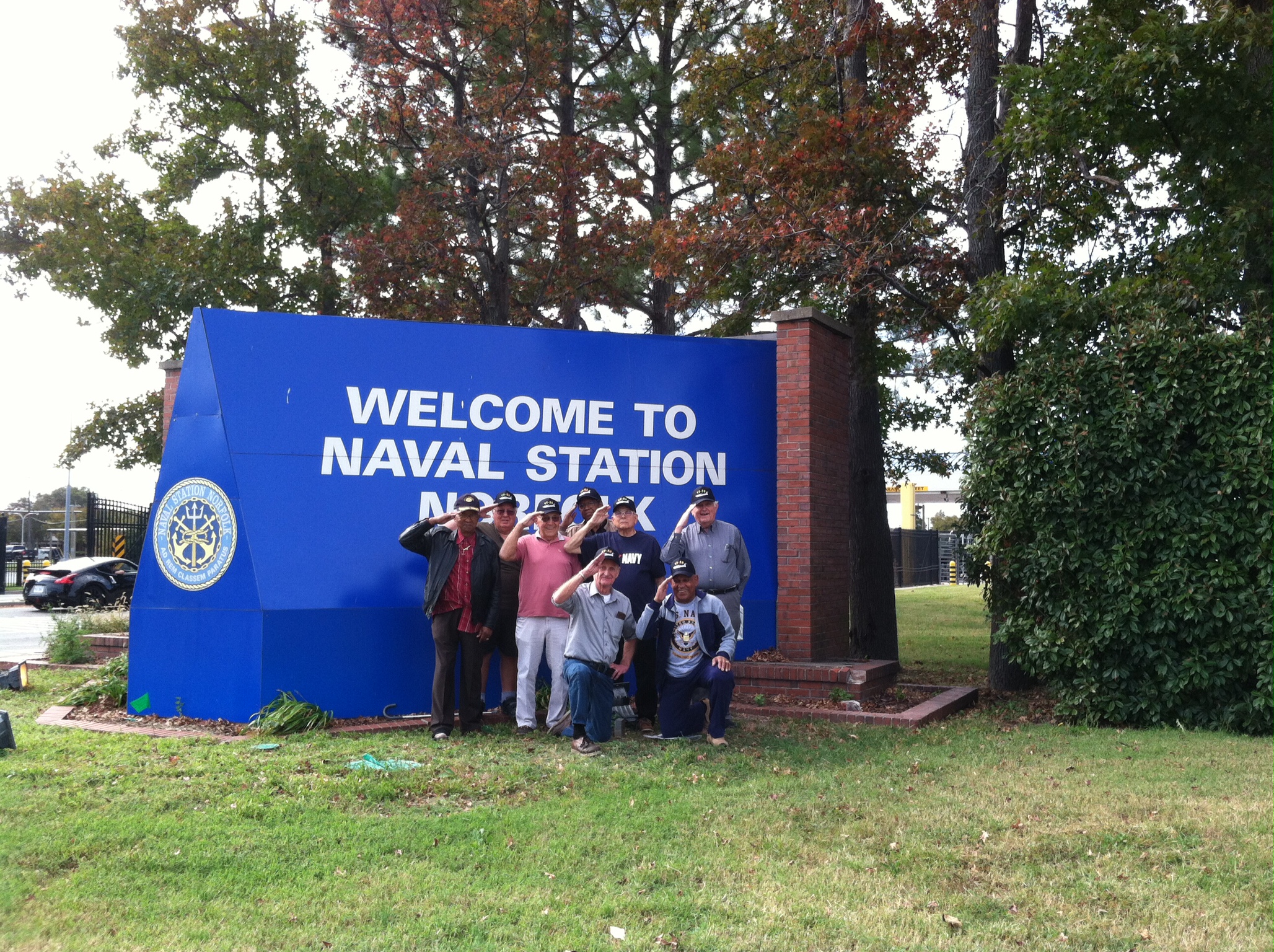
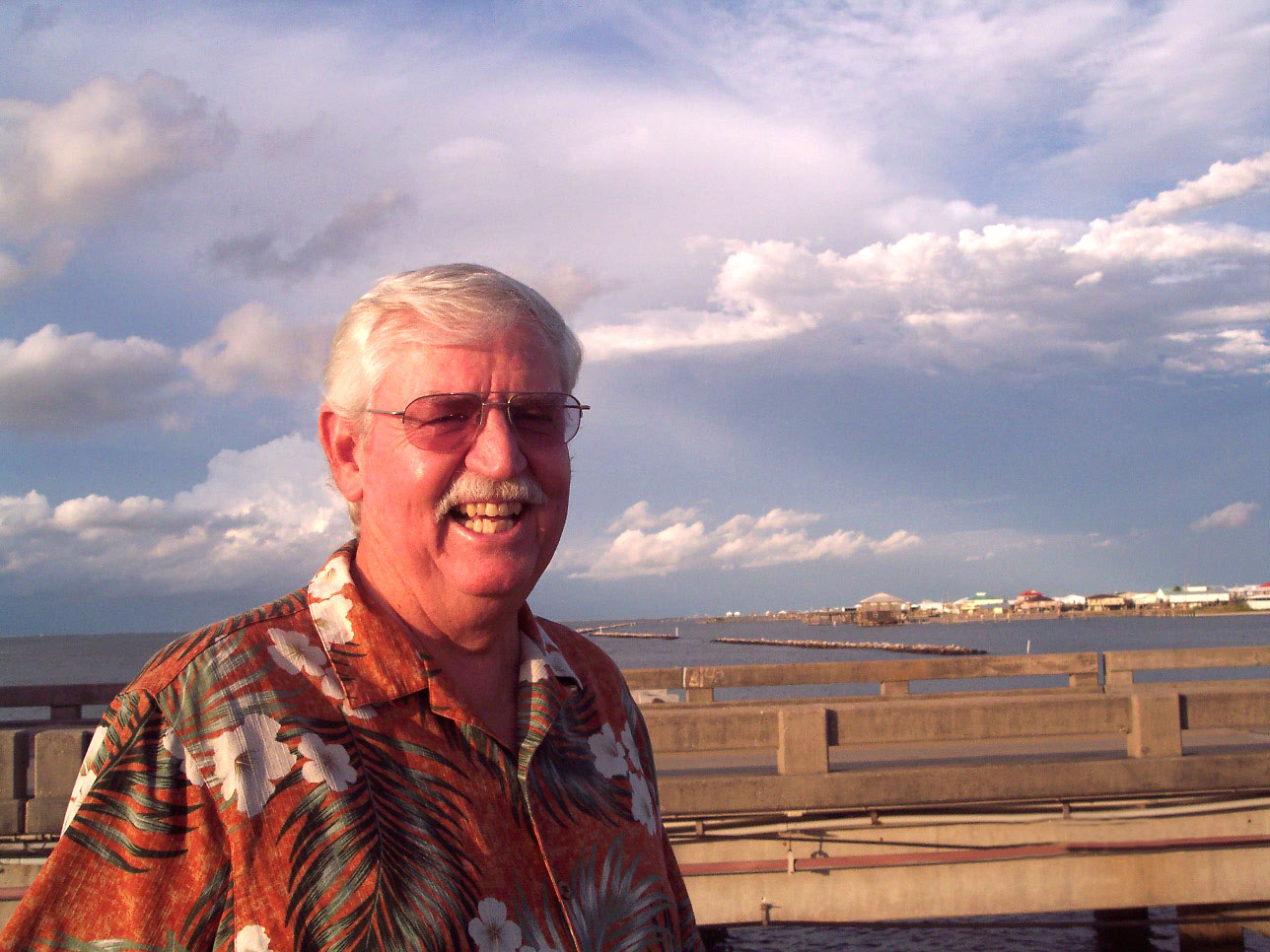
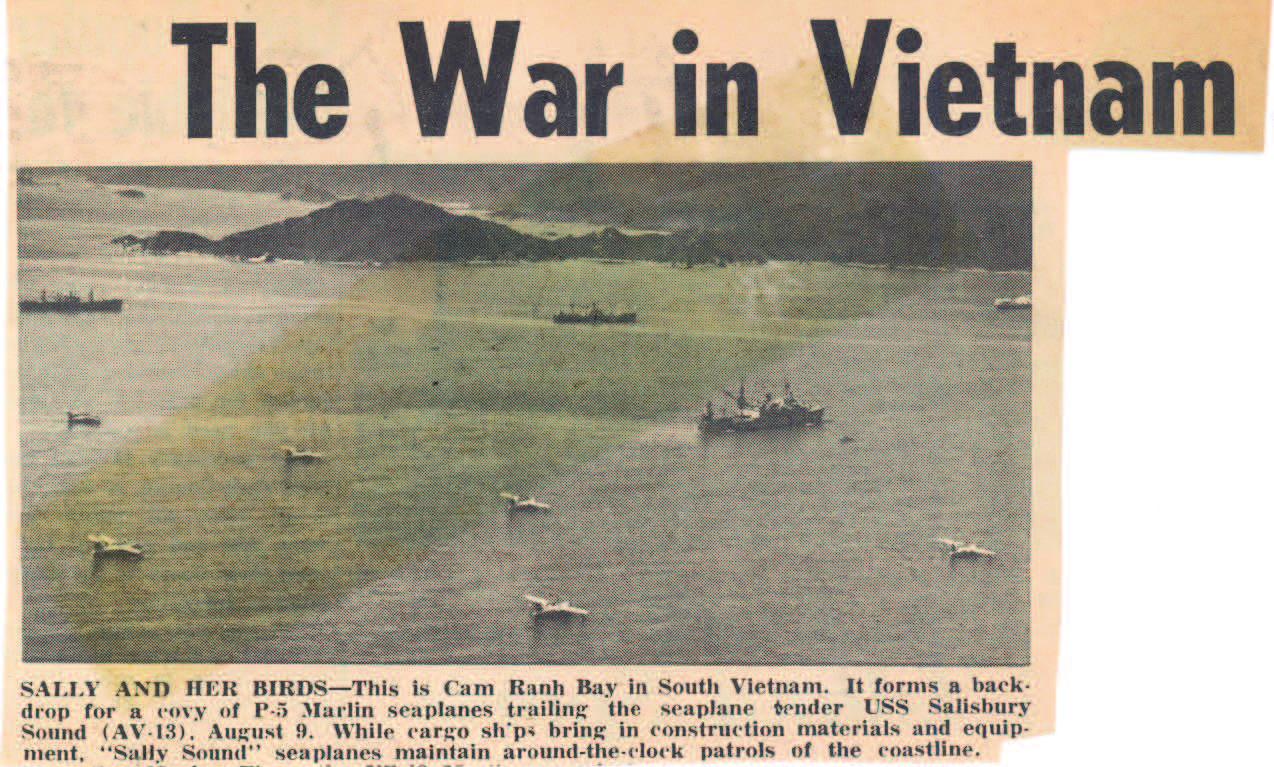
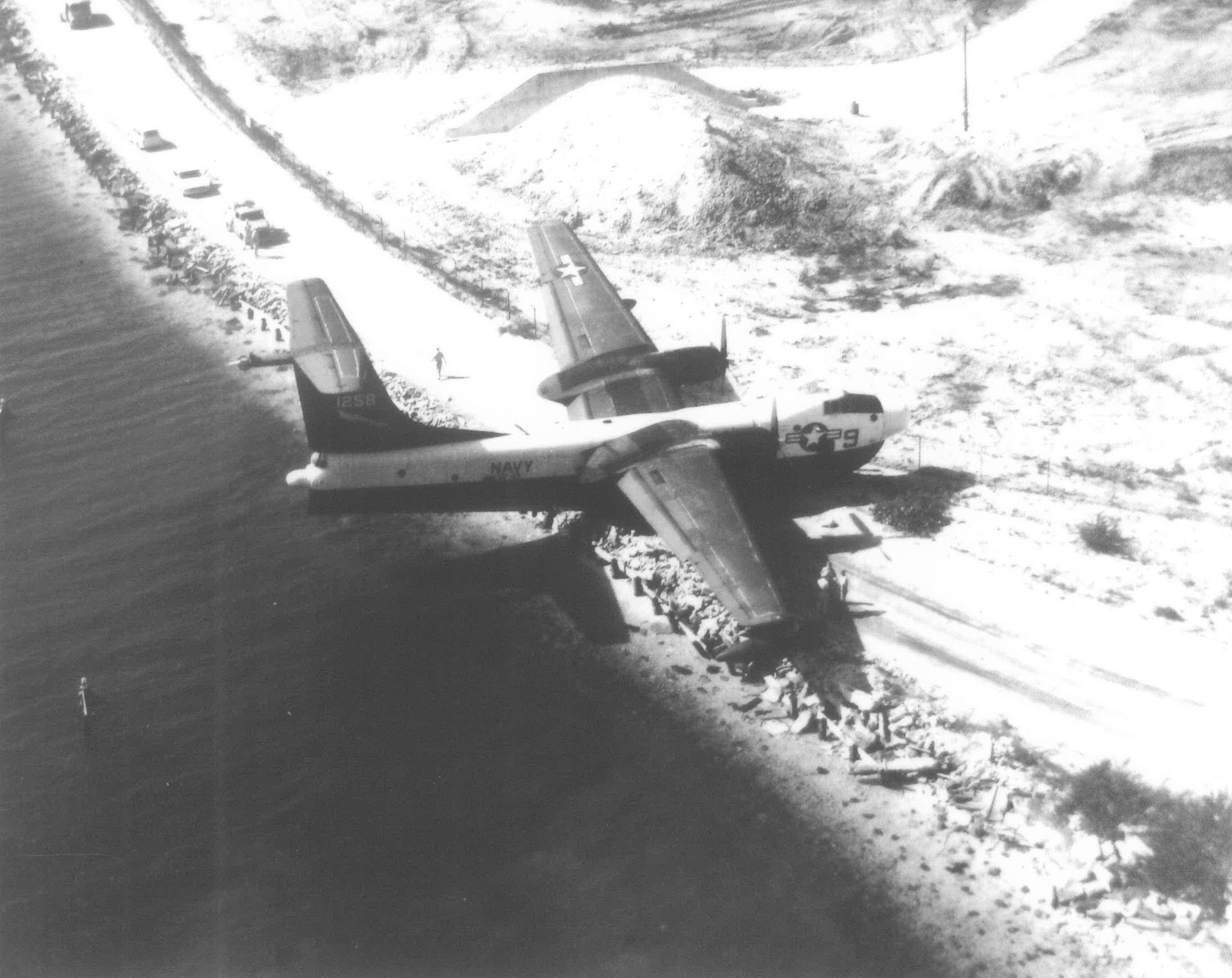
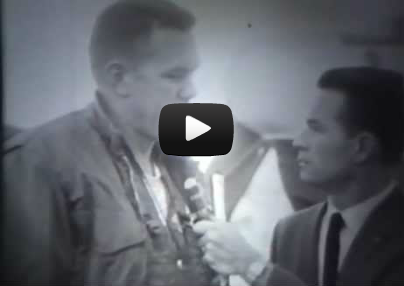
1 Comment
Doug Watts
March 27, 2011, 18:20In March 1945 our PBM was enroute from Corpus Christi to Alameda NAS. We were told the SF area was fogged in and closed. We landed at Salton Sea and spent the night there. No accommodations so we slept on the plane. Left early the next morning.
REPLY